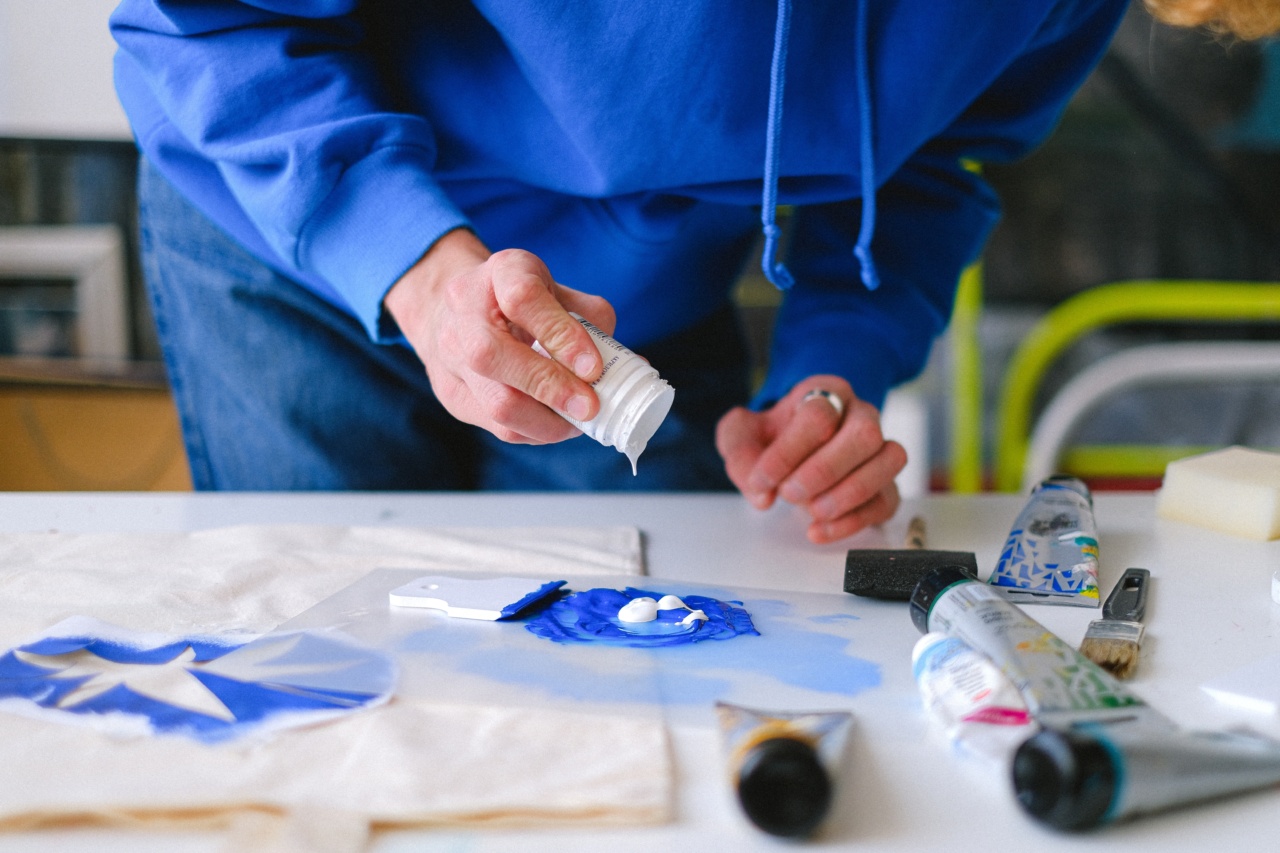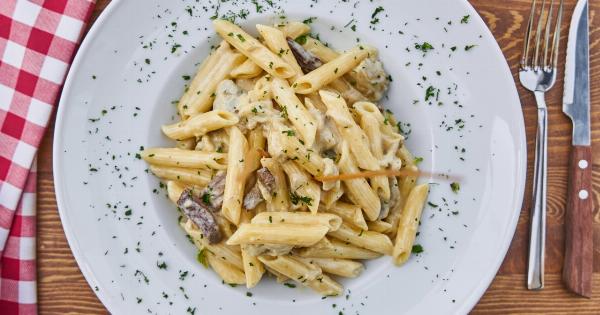White pasta is a beloved dish around the world. Whether you are eating spaghetti, tagliatelle, or linguine, there’s something about a plate filled with perfectly cooked pasta that is comforting and satisfying.
However, this classic dish can be tricky to master. One common mistake is over-thickening the white sauce, which can result in a gloopy mess. But fear not! In this article, we will cover everything you need to know to create white pasta without thickening.
Choose the Right Type of Pasta
The first step in mastering the art of white pasta is to choose the right type of pasta. While there are many different types of pasta, some are better suited to white sauce than others.
For example, linguine, tagliatelle, and fettuccine are great options because their flat shape allows the sauce to cling to the noodles perfectly. Spaghetti is also a popular choice, but be sure to cook it al dente as overcooked spaghetti can become mushy and absorb too much sauce.
Cook the Pasta Perfectly
The next step is to cook the pasta perfectly. No matter how delicious your white sauce is, if the pasta is overcooked or undercooked, the dish will not be enjoyable.
To cook pasta al dente, bring a pot of salted water to a boil, add the pasta, and stir occasionally. Check the package instructions for the recommended cooking time, but start testing the pasta a minute or two before the recommended time. It should be cooked but still slightly firm to the bite.
Create the White Sauce
The white sauce is the star of this dish, and there are many ways to create it. One classic recipe involves melting butter in a pan, adding flour, and cooking for a minute or two until the mixture turns golden brown.
Then, gradually add milk, whisking continuously to prevent lumps from forming. Continue to stir constantly until the sauce thickens. You can also add garlic, cheese, or herbs to the sauce for added flavor.
Avoid Over-Thickening the Sauce
Over-thickening the white sauce can be a common mistake, so it’s important to follow a few key steps to ensure it stays a good consistency. Firstly, avoid adding too much flour.
While flour is necessary to thicken the sauce, adding too much can result in a sauce that is too thick and pasty. Secondly, be patient when adding milk. Adding it too quickly can cause lumps to form, which can be difficult to remove. Finally, never stop stirring! Constant stirring will help the sauce to thicken evenly and prevent lumps from forming.
Tips for Perfect White Pasta
Here are a few tips to help you achieve perfect white pasta without thickening:.
- Use high-quality ingredients such as fresh pasta, organic milk, and good-quality cheese.
- Don’t skimp on the butter. It’s an essential ingredient in making a creamy, rich white sauce.
- Season the dish generously with salt and pepper to bring out the flavors in the sauce.
- Avoid using low-fat milk, which can result in a thin, watery sauce.
- Add some fresh herbs, such as parsley or basil, to the dish for a burst of flavor.
Conclusion
Mastering the art of white pasta without thickening may take some practice, but it’s worth it when you taste the perfect bowl of pasta.
By choosing the right type of pasta, cooking it perfectly, and creating the perfect white sauce, you can create a dish that is rich, creamy, and indulgent. Follow these tips and techniques, and you’ll be a white pasta pro in no time!.































